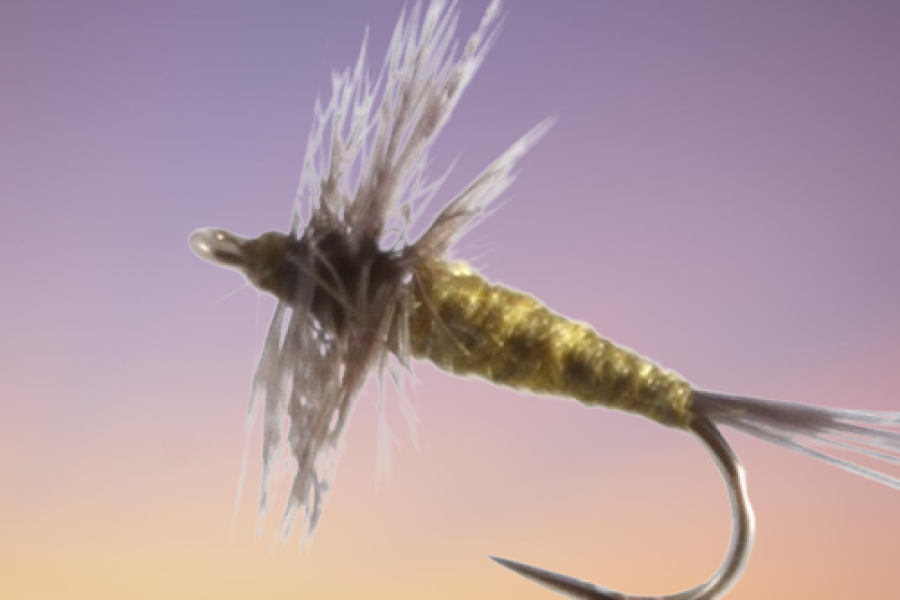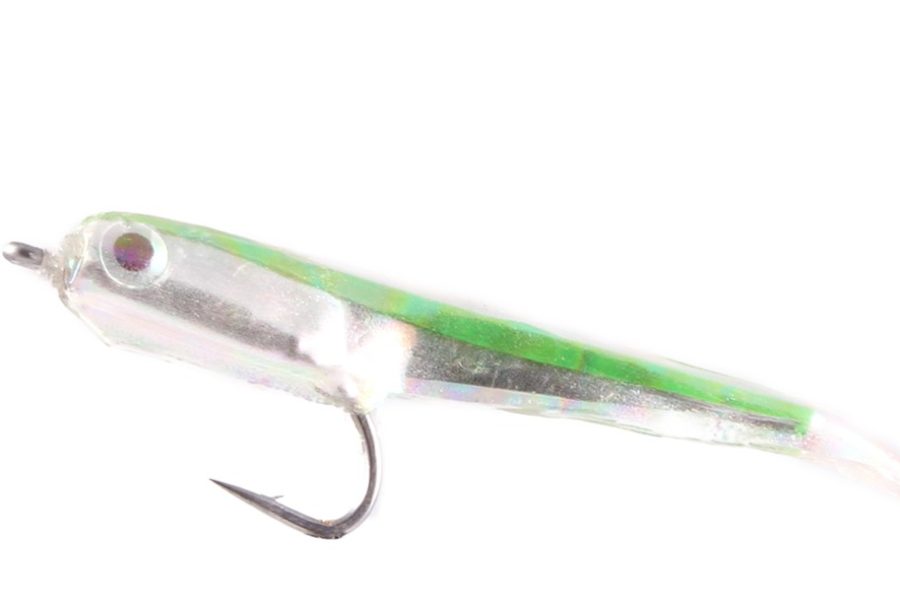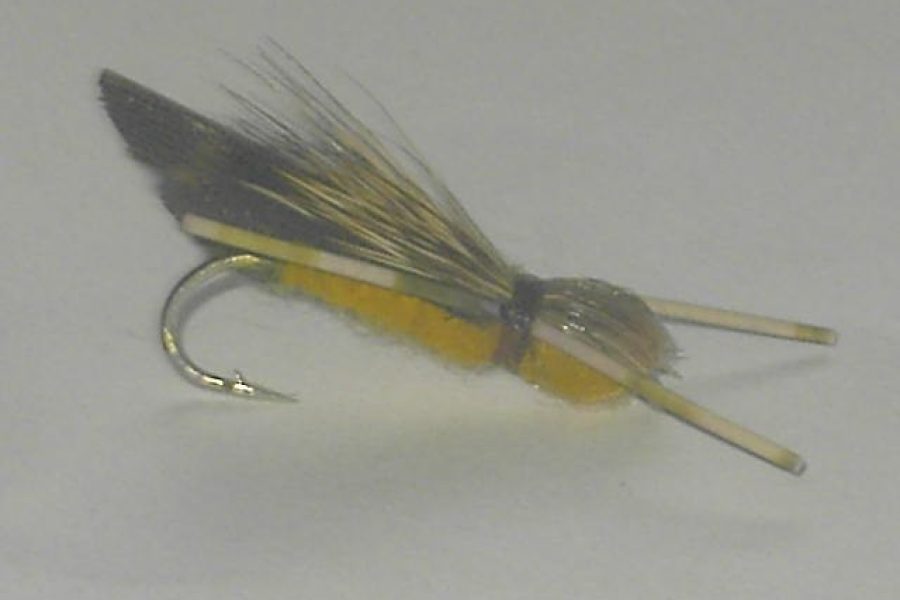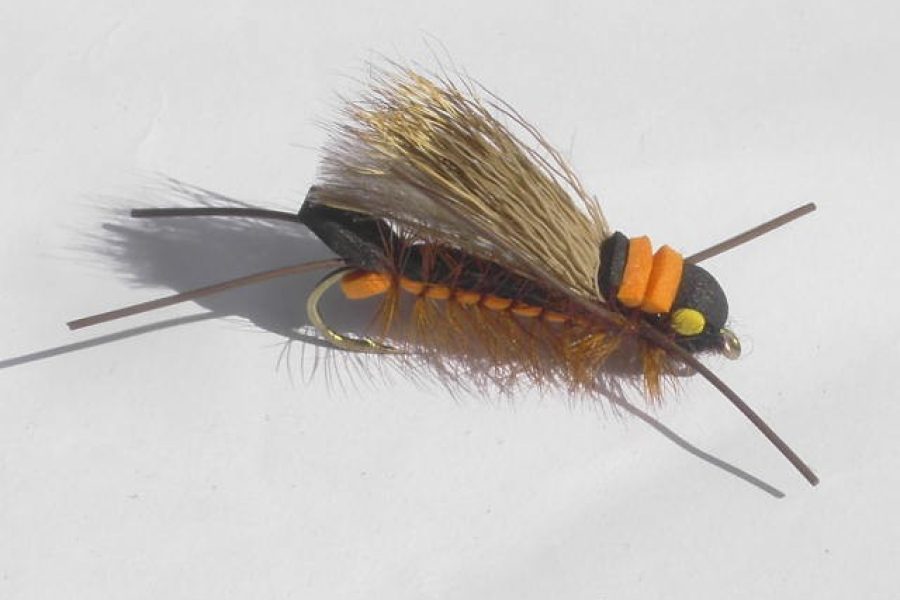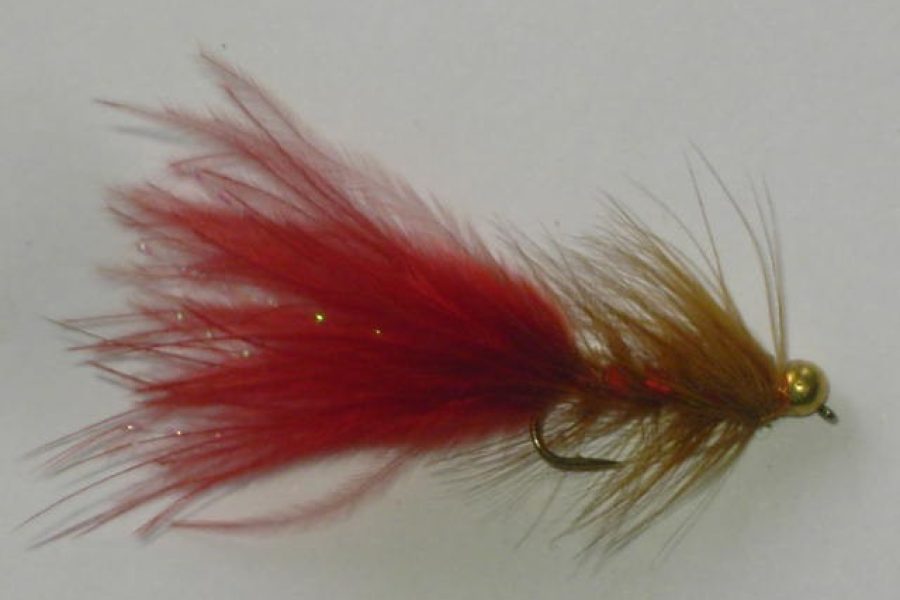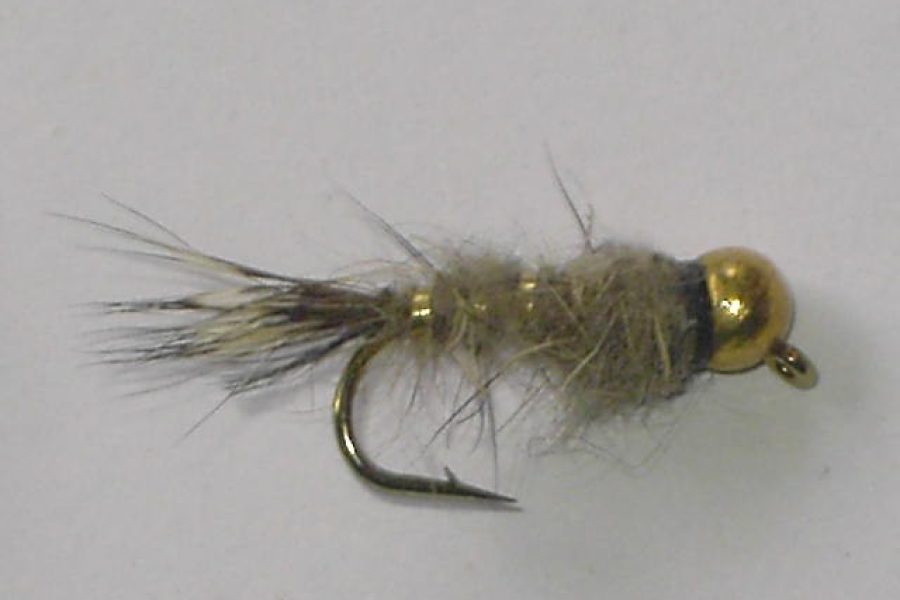Description
Product Overview and Heritage The Shrimp Salt Olive represents a specialized evolution in saltwater shrimp pattern design, featuring a realistic profile and natural olive coloration that creates a highly effective shrimp imitation. This technical pattern incorporates natural and synthetic materials to achieve a lifelike presentation, making it particularly effective when fish have become selective or pressured. The pattern has become a reliable choice for flats fishing and shallow water situations, consistently producing results when fish have refused flashier patterns.
Design Features and Materials Hook Characteristics:
- Premium saltwater hook
- Available sizes: 2-6
- Strong wire construction
- Wide gap design
- Chemically sharpened point
- Corrosion resistant finish
- Optimal hook strength
- Enhanced penetration design
- Perfect size-to-weight ratio
- Saltwater durability
Material Components:
- Olive dubbing
- Rubber legs
- Crystal flash
- Enhanced durability
- Blended materials
- Modern construction
- Color-fast characteristics
- Movement enhancement
- Profile consistency
- Natural appearance
Construction and Tying Process The pattern’s success relies on precise construction methods:
- Balanced proportions
- Strategic leg placement
- Graduated body tapering
- Reinforced connections
- Material integration
- Enhanced durability features
- Proper flash application
- Body segmentation
- Profile consistency
- Movement optimizationFishing Applications and Techniques Presentation Methods:
- Strip retrieve
- Slow drag
- Multiple angles
- Depth control
- Pattern placement
- Current fishing
- Structure targeting
- Cross-current strips
- Action variation
- Traditional methods
Specialized Applications:
- Flats fishing
- Shallow water
- Sand patches
- Clear conditions
- Low light periods
- Tidal periods
- Search pattern
- Active fish
- High-pressure situations
- Sight fishing
Seasonal Effectiveness Spring Performance:
- Migration periods
- Mixed techniques
- Weather changes
- Pattern selection
- Temperature increases
- Fish movement
- Feeding windows
- Natural cycles
- Light conditions
- Tidal influence
Summer Strategy:
- Peak activity
- Morning/evening peaks
- Temperature adaptation
- Feeding patterns
- Oxygen levels
- Light penetration
- Fish behavior
- Water conditions
- Current seams
- Structure targeting
Fall Applications:
- Migration periods
- Cooling waters
- Changed light conditions
- Transitional periods
- Selective takes
- Pattern visibility
- Fish location
- Temperature drops
- Migration patterns
- Feeding windows
Habitat and Water Types Water Applications:
- Saltwater flats
- Shallow bays
- Mangrove edges
- Clear water
- Turtle grass
- Structure areas
- Current seams
- Sand patches
- Holding water
- Feeding zones
Specialized Environments:
- Various waters
- Shallow flats
- Reef edges
- Complex structure
- Bank edges
- Channel drops
- Different depths
- Tide lines
- Current breaks
- Mangrove edges
Target Species and Behavior Primary Species:
- Bonefish
- Permit
- Redfish
- Snook
- Multiple Species
- Flats Predators
- Selective Feeders
- Sight-fishing Species
Behavioral Patterns:
- Feeding response
- Selective takes
- Pattern recognition
- Natural behavior
- Opportunistic strikes
- Selective periods
- Strike triggers
- Visual stimulation
- Lateral line response
- Competitive behavior
Rigging Recommendations Leader Setup:
- 9-12 foot leaders
- 12-16lb tippet
- Tapered leaders
- Fluorocarbon options
- Loop-to-loop connections
- Proper presentation
- Adequate stiffness
- Knot strength
- Breaking strain
- Abrasion resistance
Presentation Options:
- Single fly rigs
- Multiple retrieve speeds
- Traditional methods
- Modern techniques
- Line matching
- Leader design
- Tippet selection
- Depth control
- Speed adjustment
- Action variation
Professional Applications Guide Usage:
- Client-friendly pattern
- Proven success rates
- Consistent performance
- Easy presentation
- Multiple techniques
- Teaching tool
- Confidence pattern
- Versatile applications
- Durability
- Hook-up ratio
Competition Usage:
- Tournament proven
- Technical water success
- Pressure adaptation
- Quick-change capability
- Consistent performance
- Pattern rotation
- Size variation
- Color selection
- Presentation options
- Result tracking
Care and Maintenance Post-Fishing Care:
- Thorough freshwater rinse
- Material grooming
- Hook inspection
- Leg maintenance
- Flash preservation
- Storage preparation
- Pattern inspection
- Shape verification
- Performance testing
- Movement checking
Storage Requirements:
- Dry environment
- UV protection
- Separate compartments
- Regular inspection
- Moisture prevention
- Temperature control
- Light protection
- Ventilation needs
- Box organization
- Inventory management
Advanced Fishing Methods Presentation Techniques:
- Strip variations
- Depth control
- Strike detection
- Retrieve management
- Current reading
- Structure approach
- Pattern tracking
- Recovery methods
- Angle optimization
- Speed control
Water Reading:
- Current understanding
- Depth assessment
- Structure location
- Fish holding areas
- Presentation angles
- Travel lanes
- Rest areas
- Temperature breaks
- Current seams
- Holding lies
Environmental Considerations Conservation Features:
- Sustainable materials
- Durable construction
- Catch-and-release friendly
- Minimal environmental impact
- Eco-conscious design
- Material selection
- Ethical considerations
- Resource protection
- Species conservation
- Environmental awareness
Material Selection:
- Responsible sourcing
- Quality components
- Mixed elements
- Ethical production
- Sustainable practices
- Environmental impact
- Material longevity
- Waste reduction
- Local materials
- Eco-conscious design
Additional information
| Hook type | Barbed Hooks, Barbless Hooks |
|---|---|
| Hook size | 1/0, 2, 4, 6 |

